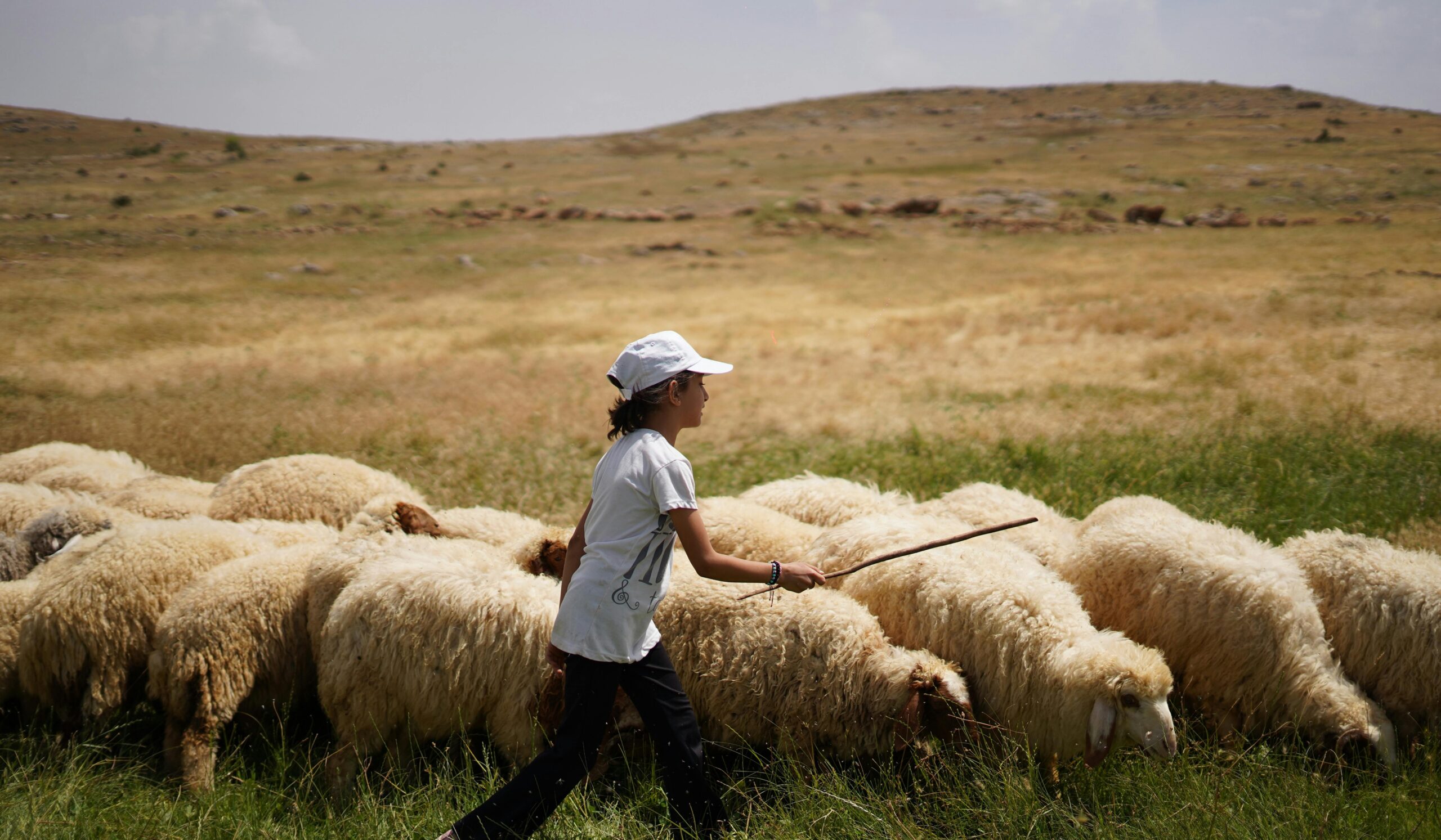
One Aspect of Parenting that Completely Changed My Classroom
By Kara Mallory
When my three kids were particularly fussy as infants, my husband would take them outside. He’d walk across the backyard or sit on the front porch, and most of the time, they would begin to settle. As those babies grew up, when we reached the long and tiring toddler years, my solution for cranky toddlers was to take them outside or put them in water… or both if we had access to a pool, lake, or ocean! Being outside or in the water relaxed those tense little bodies and calmed their worries. We have reached the teenage years now, and often, some of the most meaningful conversations are on walks around our neighborhood or while we sit on a park bench or play together at the beach. The sunshine and fresh air provide a backdrop for honest communication and still seem to calm those once-little bodies.
The National Recreation and Park Association reports that fewer people in the U.S. are spending time outside and that Gen Z is three times more likely than any other generation to never go outside during the day. Many of our school systems are not designed for middle and high schoolers to have time outdoors, meaning that students rarely, if ever, get outdoor time during the typical eight-hour school day. About half of Gen Zers want to spend more time outdoors. But they cannot find hobbies or activities that entice them outside. If they have not already found their niche in an outdoor sporting activity by fifth grade, they quickly begin losing time in their day to pick one up.
One of the silver linings of the pandemic was that it forced people to spend time outside. If we wanted to practice safe social distancing, outdoors felt best. If you wanted to see a neighbor or a friend, outdoors was the place to do so. It is not surprising that since the pandemic, time spent outside has increased. However, the other side of the pandemic was that we spent much time in front of screens. Our teens still prefer screen activities, such as gaming, video streaming, and social media scrolling, to being outdoors.
This generation’s lack of outdoor time is only intensifying their growing anxiety.
Five Simple Strategies to Get Kids Outside
These reasons help educators rethink classroom structure creatively. You don’t need costly trips or major changes. Since you can’t dunk students in water, consider outdoor breaks. Try simple activities; below are a few ideas to get you started.
1. Reading Outdoors
Choose a spot outside and bring towels and blankets. Read alone, in small groups, or with a partner. Pair older students with younger ones for shared reading. Stand barefoot on the grass for group read-alouds to feel grounded.
2. Chalk Math
Students of all ages can use a colorful piece of chalk. For example, younger students find number lines and counting fun to learn outdoors. Engage in skip counting by physically moving across a number line. Explore math through art, interactive math games, measurement tasks, graphing, and problem-solving challenges using chalk.
3. Outdoor Science Labs
Outdoor science labs allow students to conduct experiments, field studies, and data collection activities in natural environments. These labs provide hands-on learning experiences and foster a deeper appreciation for the natural world. The outdoor environment also engages multiple senses, allowing students to see, hear, smell, and touch the elements they are studying. This multisensory approach provides an immersive experience, making it more real.
4. Build It into the Day
Allow students time to simply be outside. Set up lunch tables outdoors, organize clubs for yoga or mindfulness, schedule walk and talk sessions, offer outdoor study halls, and include brief social breaks. Encourage no technology during this time. Collaborate with administration to integrate this time into the school schedule.
5. Outdoor Education
Outdoor education focuses on developing environmental awareness, outdoor survival skills, teamwork, leadership, and personal growth. In many high schools, this is a specific course offered to students (it was actually one of my favorites!). Perhaps your school has access to a ropes course, obstacle course, rock climbing, gardening, canoeing, and more. Use what you have to conduct team-building activities that also teach students real-life outdoor skills.
One of my absolute favorite days of the year when I taught seventh-grade math was when we got to play with bubbles. It was our creative way of teaching the math standards for the area and circumference of a circle. When the colored balloon pops perfectly, it creates a circle on paper. This activity empowers students to measure the radius and diameter, enabling them to solve for the area and circumference of a circle confidently. The activity was simple, but it provided valuable practice aligned with our teachings. It lets us, as teachers, help individuals or small student groups who struggle with the steps. It made a circle come alive for our visual learners…and got them outside!
What creative methods could you utilize to help decrease student anxiety by getting them outside?
Today our blog was authored by Kara Mallory. Kara holds a Master’s Degree in Teacher Leadership and works on the Curriculum team at Growing Leaders and Maxwell Leadership. Kara is a former educator and leader focused on connecting with parents and student wellness. With experience in education and as a mom, she aims to create a supportive community for both adults and students.






